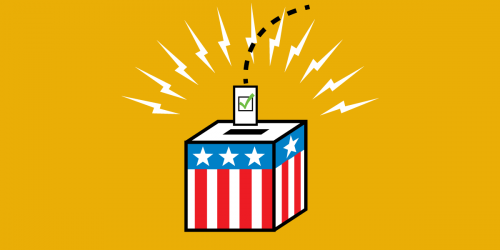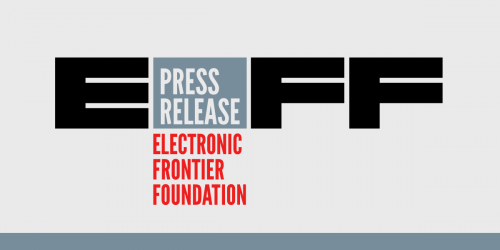Yesterday, a year-long collaboration between EFF and the Election Protection Coalition came to fruition. OurVoteLive.org, powered by EFF's Total Election Awareness project, helped EP's thousands of hotline operators and legal response teams document and respond to over 86,000 calls to the 866-OUR-VOTE voter-assistance hotline on November 4th and during early voting. Over 5,000 more calls were documented during the primaries.
Now that the election is over, Our Vote Live contains the largest database of voting-related inquiries, problems, and discrepancies ever created — all searchable and visible to the general public. While important prototypes were used in prior elections, Our Vote Live was by far the most comprehensive and most successful effort to date.
Behind the simple features visible to the general public is a complex system that enabled hotline call centers to provide information to callers, record their questions and complaints, and coordinate legal assistance and media outreach in response.
The vast majority of the calls came from voters with one of two inquiries: 29,000 callers asked "Am I registered to vote?", and 34,000 asked "Where is my polling place?" Just trying to answer these basic questions is complicated task as up-to-date voter registration data and polling place data is notoriously difficult to find and consolidate. Catalist and The Google Elections Team did an impressive job of rounding up much of this information and helping us make it available to volunteer operators at EP's call centers. (Google's Abe Murray has a great post on the Google Maps Blog about the tangled process of assembling Google's polling location data.)
A significant number of the calls to the 866-OUR-VOTE hotline reported serious problems. When they did, Our Vote Live enabled operators to coordinate a response with unprecedented efficiency. Joe Hall, who used the system to assist volunteers in his call center in New York City, writes:
One thing that has become obvious is having a bonafide database record ID is gangbusters for coordinating across centers, from centers up to national and within centers. The ability to have a living entry, one you can add notes to and add follow-up information, was a big deal... often we'd finally get to one in our pile, pull up the entry and see that someone else had followed up, meaning that we could quickly move on and not waste anyone's time.
As the system provided unprecedented information in close to real time, Our Vote Live was regularly reviewed by the press, election integrity advocates, and others interested in the health of the electoral process. OurVoteLive.org received close to 60,000 visitors on Election Day and was blogged about or linked to by the likes of Fox News, the New Yorker, Daily Kos, the Wall Street Journal, the Huffington Post, the NAACP, Common Cause and many others.
We hope that the real benefits of the project are only beginning to be seen. It's been less than 24 hours since Election Day, and we (and Election Protection) are only beginning to review the data in a comprehensive way. There's a recount likely in the Minnesota Senate race, and there's a runoff imminent in the Georgia Senate race. We've heard nationwide reports of unmanageably long lines, voter intimidation, and (of course) voting machine problems. Beyond the serious problems identified in individual reports on Our Vote Live, we need substantial systemic reform of our election process, as Election Protection leaders outlined in a memo Tuesday evening.
In addition to all of the things that went right yesterday, Election Day highlighted areas where the need for major improvement remains. Smart, transparent information technology will play a critical role in future reforms, and EFF will continue to work with EP and others to help make it happen. Stay tuned to EFF's Deeplinks blog for updates as the process continues.
(This is cross-posted to the OurVoteLive blog.)









